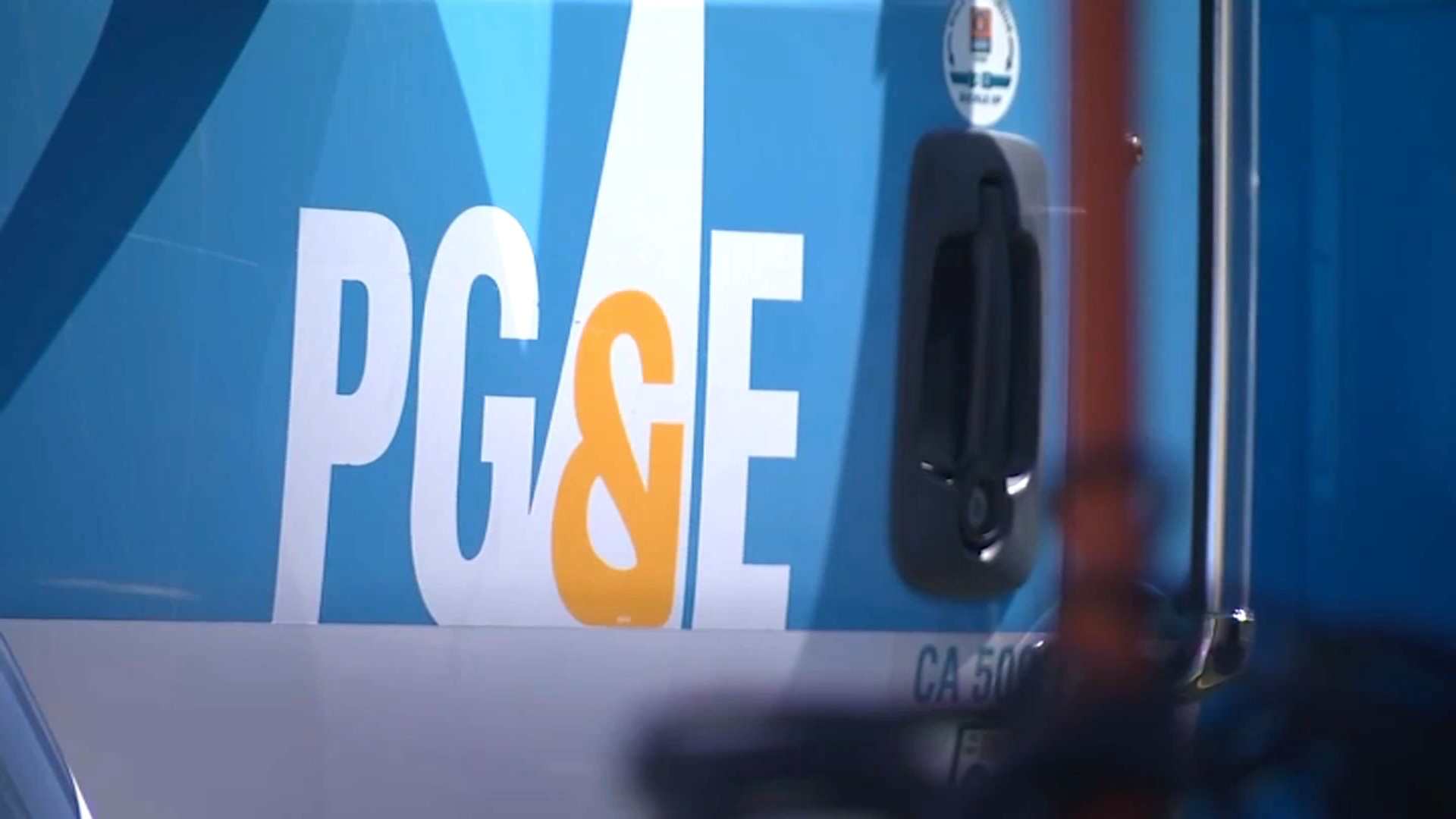
PG&E has informed state regulators that it failed to test and treat more than 6,000 of its electric distribution power poles – including about 2,000 in high fire threat areas – despite regulatory reports asserting that all of its poles had been inspected as required by state law.
The utility first told regulators with the state Public Utilities Commission in November that an internal audit concluded the utility did not have records to verify that it had inspected and treated some 41,000 poles out of its inventory of more than 2.3 million wooden power poles.
Since then, however, the company has surveyed most of the 41,000 poles – including more than 12,500 in high-fire-threat areas – and found that most had, in fact, either been inspected – required at least once every 20 years -- or did not qualify for inspection. Some 6,212 poles, however, were not inspected -- despite PG&E telling regulators it had inspected all its poles as required in several annual regulatory filings.
The program requires the utility to excavate at the base of wooden poles, bore holes to check for rot or other damage, and treat them with preservative if needed to extend their useful life.
“We continue to correct and input the field results, resolve public and environmental access constraints and update our asset records,” the company told regulators in a letter Tuesday.
In a statement, PG&E spokesman Matt Nauman said the utility is in the process of reviewing records and other data but so far, it “did not locate evidence of timely pole test-and-treat work for 6,212 poles, and that work has now been completed on 5,081 of those 6,212 poles, with the remaining to be completed by mid- to late-2021.”
To avoid “further recurrence,” the company said, “PG&E is working to adjust the process by which poles are selected for annual program cycles, and to determine where the pole test-and-treat results should be stored, how asset data corrections are passed from pole test-and-treat to central data systems, and what technology platforms are used to collect the pole test-and-treat data.”
The Investigative Unit
Have a tip for The Investigative Unit? Call 1-888-996-TIPS.
“We will continue to inform our regulators as we complete this critical safety work to help keep our customers and communities safe from the threat of wildfires.”
PG&E told regulators in November it intended to account for what led it to falsely report all inspections had been performed. But CPUC regulators say the company has not submitted that promised explanation to date and they are reviewing the company’s submissions so far, and may take further action, if deemed necessary.
The threat caused by power pole damage became real when one of the 2017 North Bay wildfires, the Sulphur fire in Lake County, was sparked when a woodpecker-damaged pole snapped in high winds. .
Catherine Sandoval, a former commissioner with the CPUC who focused on power pole safety, said the recent failure of the company’s recordkeeping and tracking of thousands of power poles is just one more in a series of recordkeeping lapses – and one that regulators should act on.
“This is a very serious concern in high fire threat areas,” she said. “This raises serious questions about violation of CPUC rules. Under the CPUC rules, it doesn’t matter if the false report was intentionally false or negligently false.”
Sandoval said the breakdown with power poles points to a “larger management failure” that both the CPUC and the federal judge overseeing PG&E’s criminal probation should act on.
Sandoval has written legal briefs advocating new court-ordered conditions over PG&E’s vegetation management effort to account for lapses by the utility.
“These inspections are important,” she said. “Whether it’s woodpeckers breaking into the poles, or things coming loose over time – we count on these inspections because without them, you can cause fires and kill people.”



